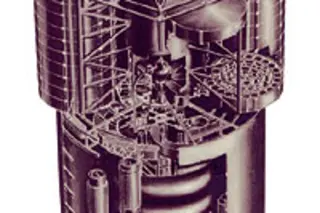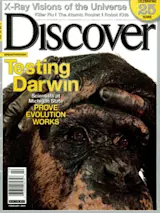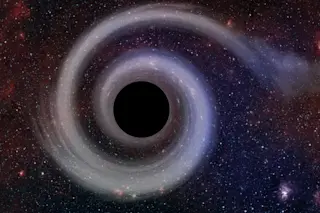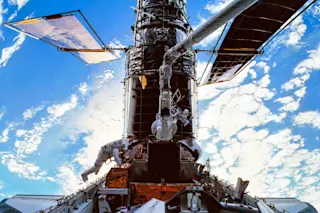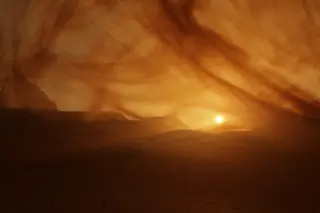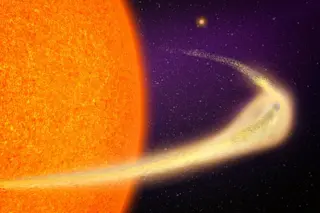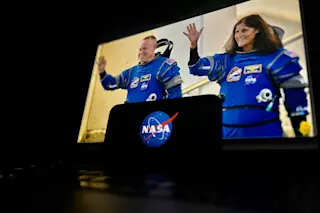Space travel, in this new millennium, seems all about thinking small. Spirit and Opportunity, the two rovers still wandering the surface of Mars, weigh only 400 pounds each. Cassini, the spacecraft surveying Saturn and its moons, weighs little more than 2.5 tons sans fuel. But there was a time when space travel kindled grandiose visions in scientists’ minds, when rockets were as tall as skyscrapers and an unmanned mission seemed a failure of nerve. The most magnificent of these visions, and perhaps NASA’s greatest missed opportunity, was Project Orion: an 8-million-pound spaceship propelled by nuclear explosions, designed to take a full crew to Saturn and beyond.
Orion was the brainchild of Stanislaw Ulam, a Polish mathematician-turned-physicist who worked on the Manhattan Project and later helped create the hydrogen bomb. Working at Los Alamos was the headiest experience of Ulam’s life, but after the war he began to wonder, “What’s next?” ...


